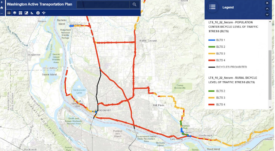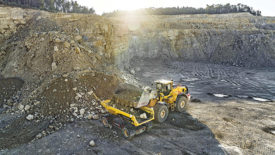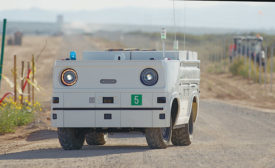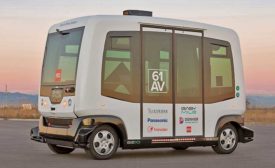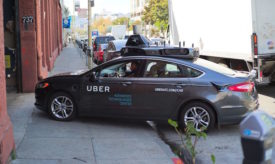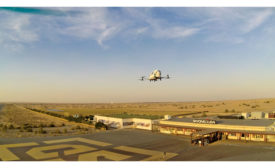Home » Keywords: » Autonomous Vehicles
Items Tagged with 'Autonomous Vehicles'
ARTICLES
Driving The Technology Discussion
How a California County's Mobility Mavens Are Creating a Future With Autonomous Vehicles
The Contra Costa County plan includes training for intelligent transportation systems
Read More
The American Infrastructure
Engineers: Give Us the Risk Realities for Autonomous Vehicles
How civil engineers can keep Tesla and Uber honest about self-driving cars
Read More
The latest news and information
#1 Source for Construction News, Data, Rankings, Analysis, and Commentary
JOIN ENR UNLIMITEDCopyright ©2024. All Rights Reserved BNP Media.
Design, CMS, Hosting & Web Development :: ePublishing
